Hernán Zin’s award-winning Spanish documentary ‘Born in Gaza,’ filmed after the 2014 Gaza War, depicts the lived truth of ten children living in Palestine’s largest city. The children featured in the film talk about their experiences after Israel carried out several airstrikes against Palestine, resulting in the death of numerous civilians and many more injured. The film focuses on Palestinian youth and how their lives are affected for the worse by the ongoing conflict between the two countries.
From testimonies by survivors of Missile attacks, such as Hamada and Montasem, to a glimpse into the life of those permanently touched by acts of war, ‘Born in Gaza’ highlights the grave impact that violent political conflicts have on the youth. Consequently, the documentary leaves a lasting impact on the viewers as the kids share their raw, authentic stories in their own words. Now, it’s impossible not to wonder where these kids have found themselves in life since then.
What Happened to Mohamed?
As the sole breadwinner in his family, with a father who’s unable to work, a sick mother, and two sisters with mental disabilities, Mohamed had to grow up well before his time. Even so, the kid had to become used to the complications of war far too early, describing it as a recurring occurrence to be dealt with every few years. Nevertheless, such was the life he led in 2014 when facing the brunt of the Israel-Palestine conflict.
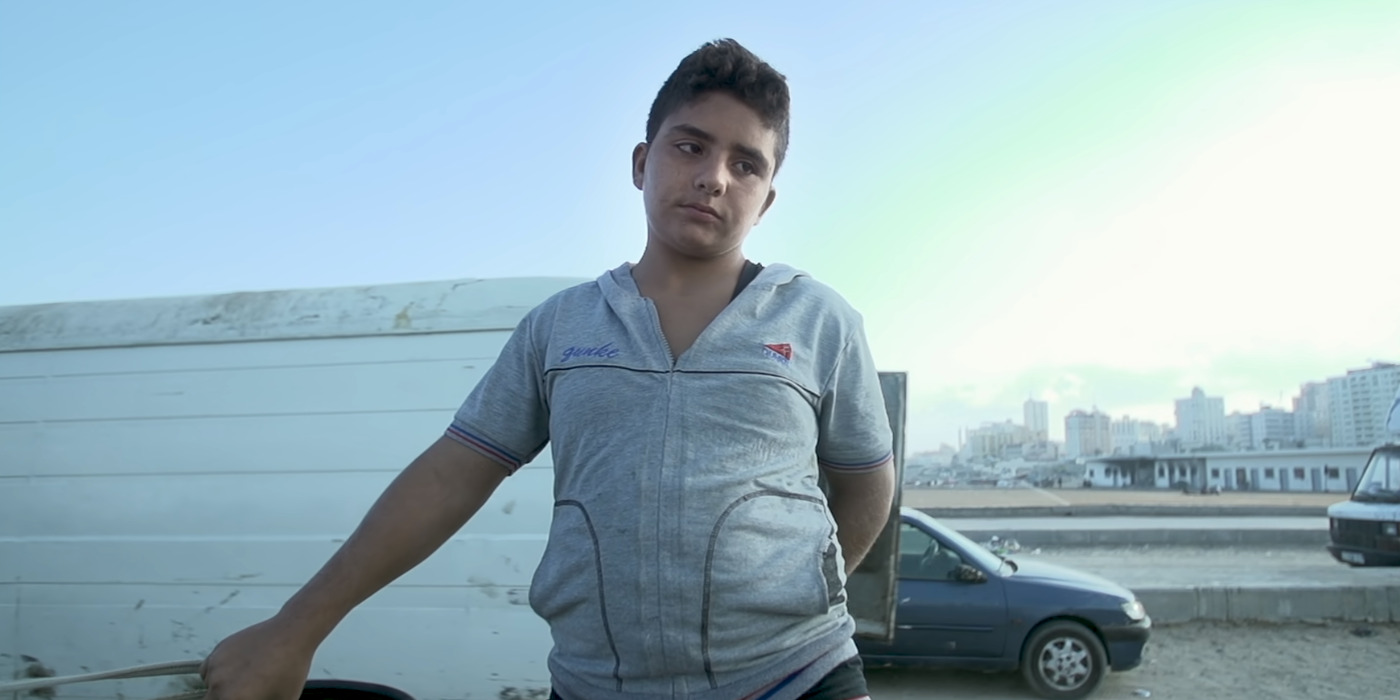
Mohamed had to quit school early in life to provide for his family and worked for 5 shekels a day, collecting plastic and debris from dumps to be sold. Equipped only with his horse companion and cart, the kid worked under the sun without proper tools or gear, exposing himself to grave elements to ensure his family’s basic survival. Although the boy wanted to be a fisherman, due to his innate love for the sea where he was born, it wasn’t a dream he could turn into reality easily.
As Mohamed lived under the fear of capture or death at the hands of Israel and a general lack of resources, it compelled him to keep his feet on land. Months after Israel’s 2014 offensive on Gaza, the boy hoped for things to get better but only saw a bleaker reality. Now working as muscle for auctioneers on harbors, Mohamed went from 5 shekels a day to 30 shekels a week. Unfortunately, no other information has been available about his whereabouts in the last few years, and we can only hope for a better future for the Gazan boy in these times.
What Happened to Udai and Mahmud?
Udai, son of a factory owner, and Mahmud, son of a farmer, both saw their families’ livelihoods attacked by Israel’s attacks. As a result, in the wake of the bombings, both had to look down the barrel of an uncertain and unsafe future after the former’s family soft drink factory and the latter’s father’s farm were left destroyed. Furthermore, Udai had to watch his beloved 22-year-old brother fall victim to a vicious bombing. Likewise, Mahmud’s 75 acres of land, not even a mile away from the Israel border, saw routine destruction.
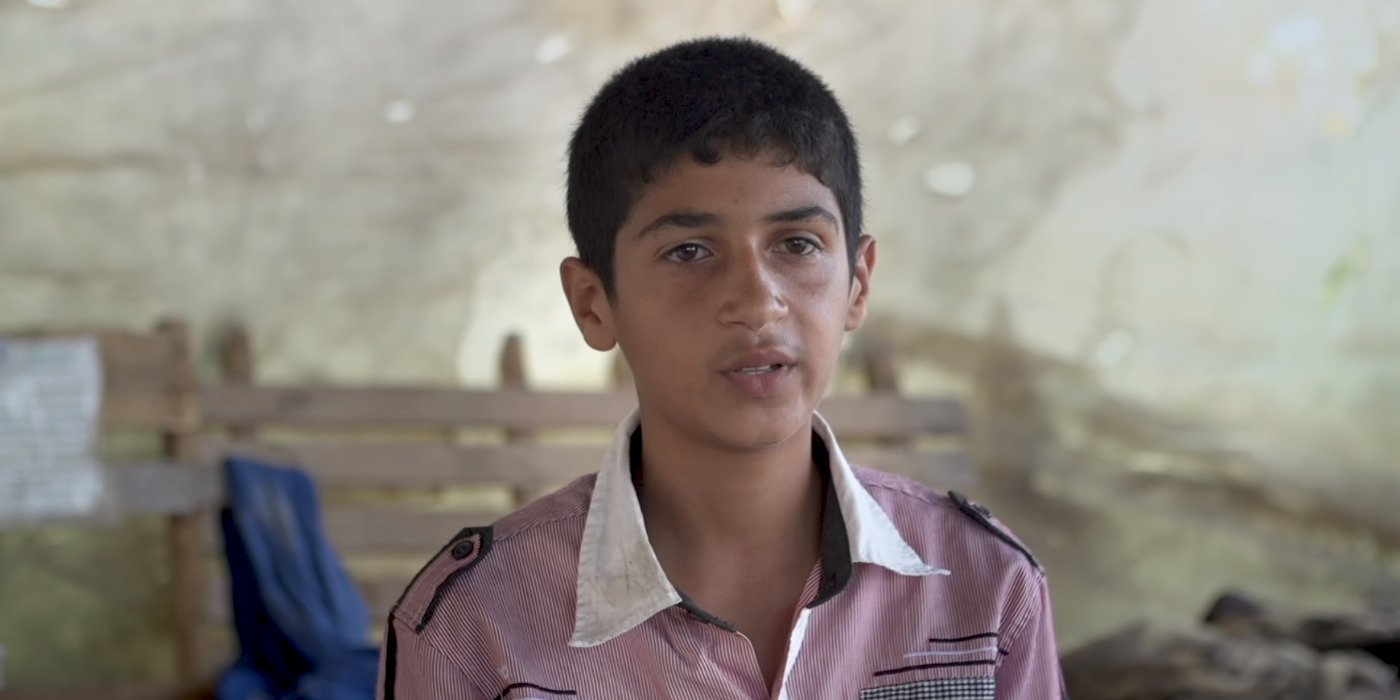
When director Zin found the two boys again after their initial three-month-old interview, both were still in equally fragile places in their lives. Udai’s family couldn’t begin to fathom how to put their life back together with no roof over their head and no means of livelihood. Still, even if they could, Israel wouldn’t allow them to bring building materials. Moreover, the fear of losing another house would always loom over the family.
Given the persisting conflict between Israel and Palestine, there’s no further news about either Udai or Mahmud’s lives. As the documentary leaves things off, the latter boy states the cruelty of his situation and that of others like him. “We do not grow bombs,” said the farmer’s son. “So they don’t have any reason to come bomb us.” Thus, whether or not Mahmud got to achieve his dream of being an agronomist or if Udai finished his schooling despite his critical situation continues to be unanswered questions.
What Happened to Bisan and Sondos?
Bisan and Sondos are two girls who experienced dire injuries from bombings in 2014. Omar IBN Al-a’s Mosque underwent a missile attack during which Sondos got injured by numerous grapeshots. After catching damage to her belly, the kid remained out of consciousness in the ICU for two days. During her surgery, Sondos’ heart stopped twice.
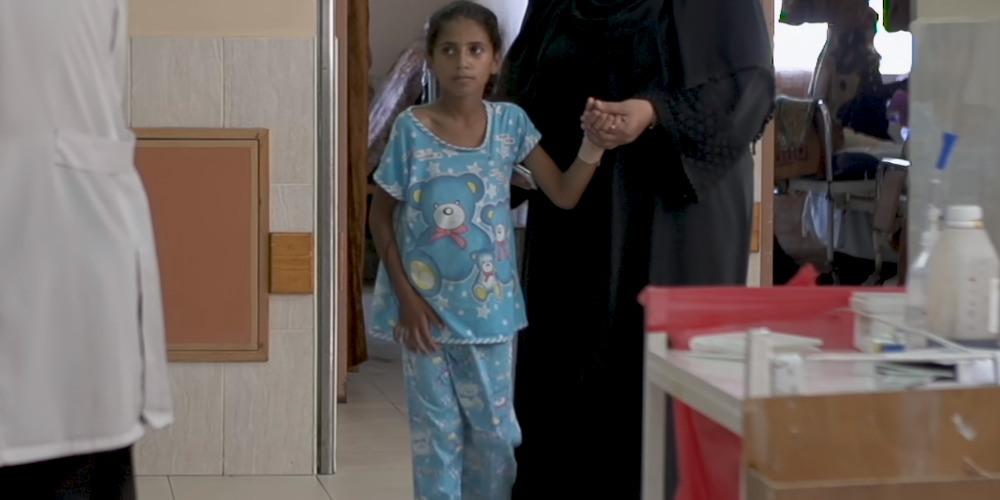
Nevertheless, the young girl pulled through and escaped a crueler fate. Yet, the treatments she had to undergo for her injuries in the following days routinely left her in tears. Likewise, Bisan, not much older than six, saw her home bombed during the attacks and lost her parents in the tragedy, alongside sustaining a terrible injury herself. The young girl’s relatives took her in, and she lived with her niece Haia’s family.
In 2014, Bisan’s doctor scrutinized the importance of the girl receiving medical treatment from foreign countries. Due to her injury, Bisan’s eye doesn’t close when she sleeps, leaving it vulnerable. However, there are no details available about the specifics of her recovery. Likewise, next-to-nothing is known about Sondos or her current whereabouts. “I am a child. They should not do this to us,” said Sondos in the documentary. Nonetheless, ten years later, Gazan children continue to fall victim to the violent conflict.
What Happened to Hamada and Montasem?
Hamada and Montasem were playing soccer by the beach with six other kids, including their cousins, nephews, or friends when faced with Israel’s deadly airstrike. Four of the eight kids managed to survive the attack and retract to safety. However, the other four, Mohammad, Ismail, Zakariya, and Ahed, as young as nine and no older than twelve, lost their lives. The two boys were forced to live with the memory of their close ones’ tragic deaths, as it plagued their living and waking hours.
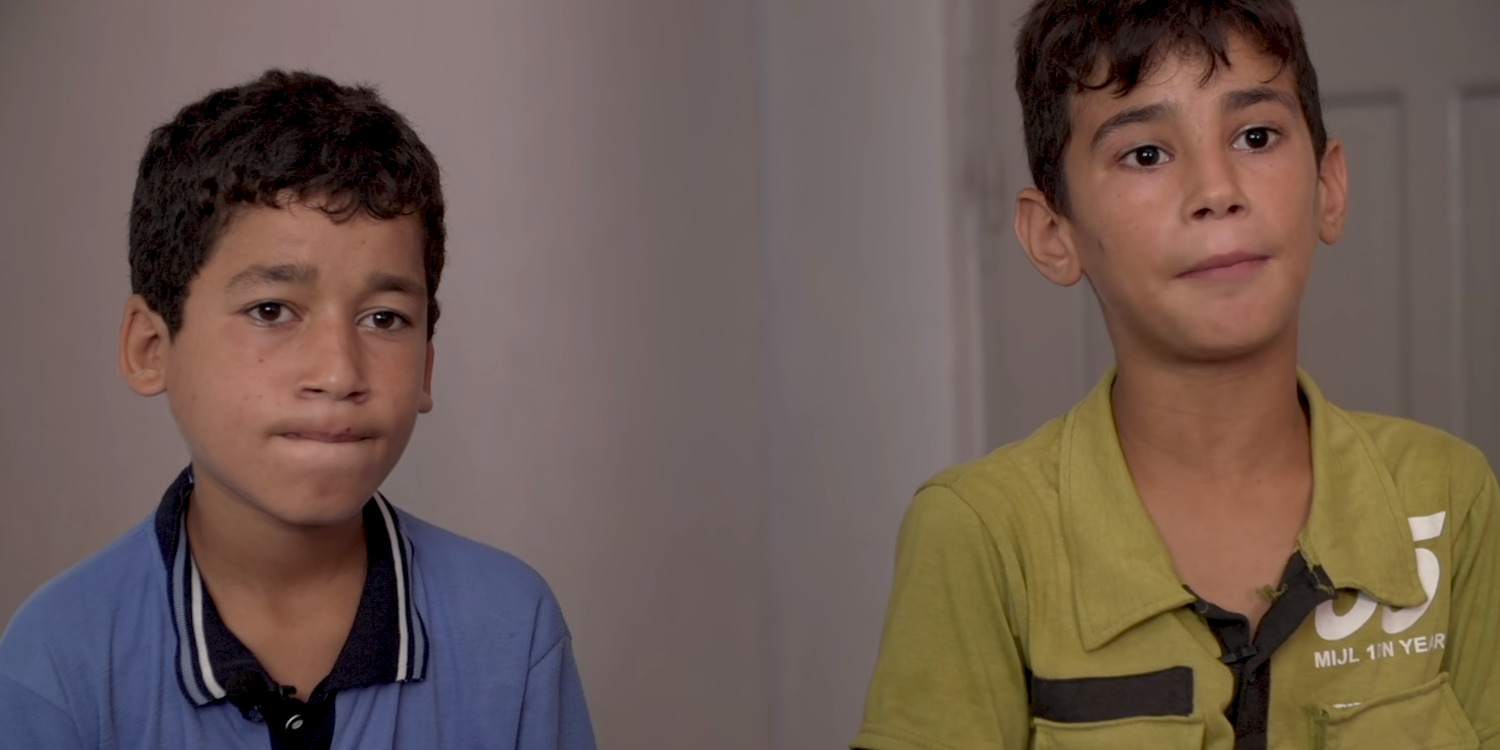
The incident brought about the effective loss of childhood ease and innocence for Hamada, who started dreaming of joining the resistance and bringing justice to his cousins. Meanwhile, Montasem, who was gravely affected after watching his friends die a few feet away from him, wanted to be a fisherman like his father. However, the days following the beach airstrike proved to be immensely difficult for Montasem, who developed suicidal ideations.
During their post-three-month interview, Montasem opted out of speaking to the camera, with Hamada delivering his testimony alone. Hamada noted how nothing had changed in the past few months, frustrated by several individuals’ and organizations’ empty promises. He also highlighted the importance of getting psychological help for Palestinian kids whose lives will never be the same.
It’s near-impossible to know how life has turned out for the pair, or any other kids, including Rajaf, Malak, and Haia, after their involvement in ‘Born in Gaza.’ As such, creator Hernán Zin and production company Doc Land Films have announced their intention to return to the lives of the people who once spoke their heart’s truth as kids to millions of viewers. The company has set up an IndieGoGo page to fund their follow-up documentary, ‘Born in Gaza. Ten Years Later.’
“This documentary [the upcoming follow-up to ‘Born in Gaza’] is about us moving further and understanding that we either overcome all the artificial barriers created by men or we are doomed to keep on suffering as a species,” stated the company. “There is no them and us. We are all together, and we are all the same.” Therefore, hopefully, the viewers will be able to get a more recent update about the lives of these children as they lead their young adult lives in their politically tumultuous homeland.
Read More: Best Documentary Movies on Netflix Right Now

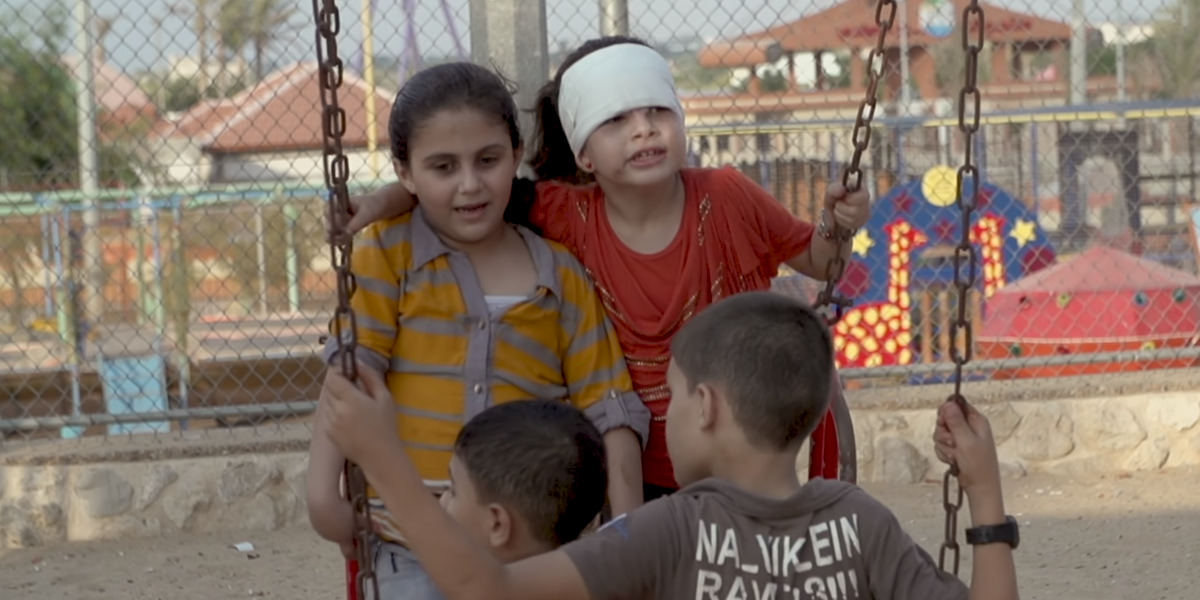
You must be logged in to post a comment.